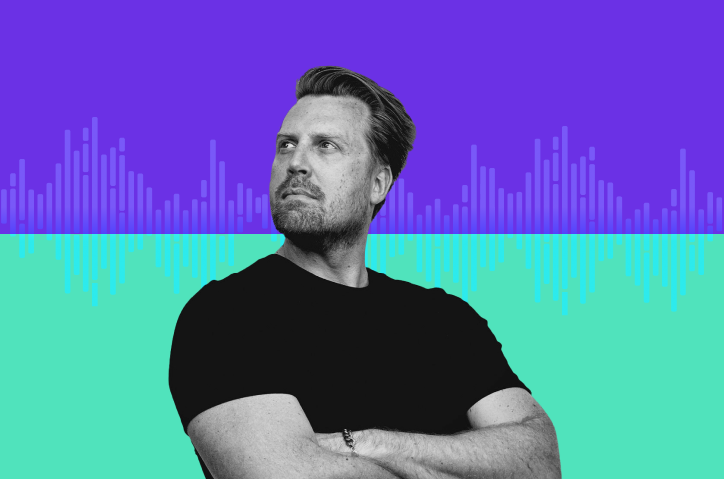
It’s tough being a technology pioneer, especially in IoT, where innovation comes at you fast, and investors want results even faster. One popular solution among startups to mitigate the constant churn of current thinking is to partner or work closely with an IoT specialist firm. A recent IoT Barometer study by Vodafone found that 75 percent of IoT adopters have expanded their use of collaborators to get and run IoT-based solutions, while 10 percent of businesses flat out don’t think they have the right skills in-house.
That partnership or collaboration might take many forms, from hunting down the right components, selecting the best-fit factory or designers, planning and creating a supply chain or designing for manufacturability; scaling hardware is a tough business, especially for a startup. One area that has been creating considerable interest as of late is sensor-as-a-service (sometimes sensing as a service or SEaaS).
SEaaS and the Future of IoT
The broad concept behind SEaaS is that there are already sizeable networks of sensors in use today, from mobile phone service providers to shipping trackers to weather stations tracking every detail of atmospheric change to pressure sensors embedded in NCP parking garages that track the number of free spaces available. The owners and operators of these sensors can package up the data points and create a passive revenue stream, as well as provide a powerful resource for startups and larger enterprises alike.
This is particularly important for the future of IoT. Not only do many of the more sophisticated second-generation services rely on more than one sensor or set of data points – such as a location-based smart heating system that might need to accurately track several family members and work out who will be home first, as well as track ambient conditions to work out the most efficient operational schedule – but also different services and devices need to be as standalone as possible. Requiring consumers to purchase large numbers of specific sensors or linked devices isn’t a reliable strategy in today’s IoT market, and indeed is immediately complicating a potentially simple premise. Here, Sensing-as-a-Service comes to the rescue, leveraging networks of sensors invisibly to deliver results – the weather being a particularly good example, from the likes of Dark Sky API and Netatmo.
Transmitting and Monetizing Sensor Data
The ability to leverage networks that aren’t as-yet monetized of sensors is clearly of interest to many, but the complexities of managing such disparate flows of data are considerable. One solution comes from Nokia, which launched Sensing-as-a-Service earlier this year at the Mobile World Congress (MWC) conference. The product not only “plugs in” the data from third-party sensors and data infrastructures and offers a method of monetizing it, but it also uses blockchain-based smart contracts to ensure that data from sensors are both transmitted and charged for, a potentially essential step to avoid endless manual data checking and rechecking. Nokia claims that Sensing-as-a-Service has already been trialed with commercial operators, and has powerful analytics baked in to ensure customers have full visibility.
This isn’t the only game in town, with a wide range of public and private blockchain providers wooing IoT industry stalwarts. A recent deal placed Bosch, Fujitsu and Volkswagen together with blockchain startup IOTA, with the aim to use IOTA’s Tangle Technology to automate services and products. Bosch recently announced a new sensor Cross Domain Development Kit XDK that’s set to tie into the deal. It’s a rapid prototyping tool that’s aimed at enabling developers to bring their IoT designs to life, accelerating and simplifying the transition from prototype to mass production. The XDK is a fully integrated hardware and software product with Bluetooth and WiFi connectivity, containing a MEMS accelerometer, magnetometer and gyroscope, coupled with humidity, pressure, temperature, acoustic and digital light sensors.
How IoT Is Changing and Creating Business Models
At the other end of the scale is UnaBell, a Singapore based IoT company that offers not only a cloud-based sensor-as-a-service but hardware to augment the network as well as spur developers on. Initially a simple smart button sold in over 25 countries worldwide, the newest iteration is a five sensor array in a box, using the Sigfox global network. For 5 USD per month, developers get hardware, cloud, end-to-end security and full integration with features such as fleet management, profile and routing configuration, and cloud services such as AWS, Azure, Splunk, IFTTT and Slack.
Clearly the IoT market is beginning to evolve entirely new business models, as well as tweaking existing, more familiar models too, a process that’s unsurprising given the rate of market evolution, as well as the requirement to deal with such volumes of inbound and outbound data. Especially for new entrants to the IoT market, the benefits of SEaaS as a model are significant, removing the need to build out and maintain expensive physical networks in order to begin providing a service.
In addition, using blockchain technology in this context to rapidly create smart contracts that can track all elements of an agreement to ensure it remains valid is a vital lynchpin. It’s highly likely that the ability to overlay multiple data streams from incumbent and aspiring service providers will hold the key to the next set of new business models in IoT, a veritable crucible for wider IoT development and subsequent adoption.





 New Episode
New Episode





 Latest IoT News
Latest IoT News










